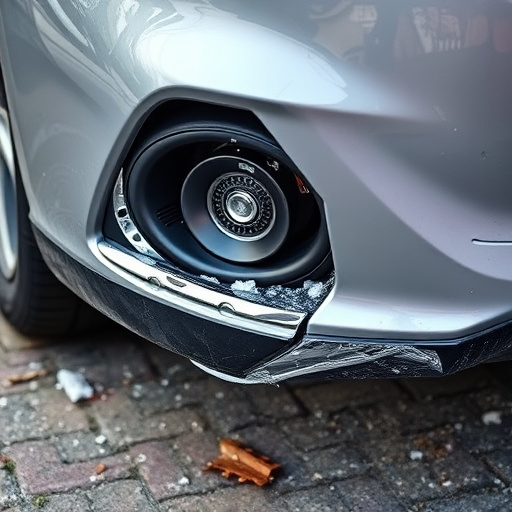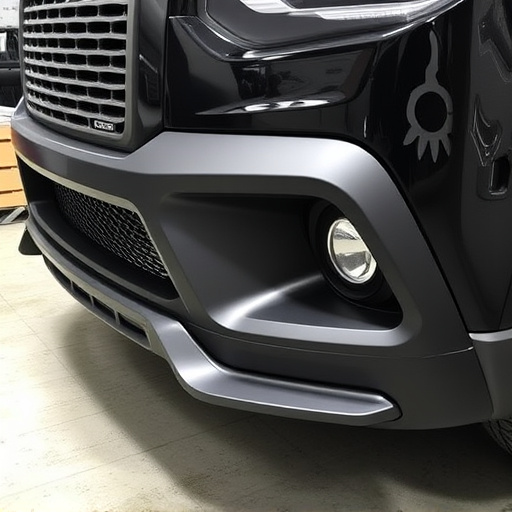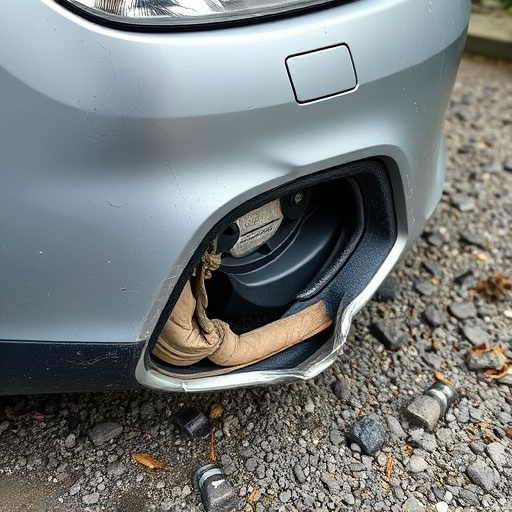Electric car body repair techniques are revolutionizing the automotive industry by prioritizing sustainability. Using eco-friendly materials and minimalist approaches, these repairs reduce waste and environmental impact. Fleet services innovate with component reusability and refurbishment, decreasing demand for new production and greenhouse gas emissions. Advanced recycling processes ensure valuable components like lithium-ion batteries and rare earth metals are recovered, minimizing the carbon footprint of electric vehicle maintenance. As electric mobility grows, specialized repair services play a pivotal role in promoting greener transportation and extending vehicle lifespans.
Electric car body repair is revolutionizing sustainability in the automotive industry. As the adoption of electric vehicles (EVs) surges, efficient repair techniques and recycling processes become vital for reducing waste and minimizing environmental impact. This article explores how advanced electric car body repair contributes to a greener future. We delve into the innovative methods that cut down on material waste, the streamlined recycling processes that recover valuable resources, and the long-term benefits for both consumers and the planet.
- Reducing Waste: Electric Car Body Repair Techniques
- Efficient Recycling Processes: A Key Player in Sustainability
- Lowering Environmental Impact: The Long-Term Benefits
Reducing Waste: Electric Car Body Repair Techniques

Electric car body repair techniques play a pivotal role in promoting sustainability by significantly reducing waste. Unlike traditional vehicle bodywork, which often involves extensive use of toxic materials and complex processes leading to significant scrap generation, electric car repairs focus on minimalism and efficiency. This includes utilizing eco-friendly materials, such as biodegradable plastics and recycled metals, to reduce the environmental footprint at each repair stage.
Moreover, fleet repair services specializing in electric cars have adopted innovative methods to maximize component reusability. For instance, damaged panels from one vehicle can be meticulously refurbished and reused on another, thereby decreasing demand for new production, which is energy-intensive and generates substantial greenhouse gas emissions. This not only conserves resources but also minimizes the carbon footprint associated with luxury vehicle repair, contributing to a greener future for all.
Efficient Recycling Processes: A Key Player in Sustainability

The efficient recycling processes implemented in electric car body repair are a significant contributor to sustainability. Unlike traditional vehicles, electric cars contain unique materials and design elements that require specialized handling during restoration or replacement. Auto body repairs for electric vehicles often involve advanced disassembly techniques and meticulous sorting of components. This ensures that valuable materials like lithium-ion batteries, rare earth metals, and high-strength alloys are recovered and reused.
These recycling practices not only reduce the environmental impact but also provide a crucial feedstock for manufacturing new components or even entire car bodies. Fleet repair services specializing in electric car body repair play a vital role here, as they can optimize these processes, ensuring minimal waste generation and maximizing resource recovery. This sustainable approach aligns with the broader goal of making fleet vehicle maintenance more eco-friendly, particularly with the growing adoption of electric mobility.
Lowering Environmental Impact: The Long-Term Benefits

The environmental impact of electric car body repair is a key aspect of its sustainability story. Unlike traditional vehicle repair, which often involves resource-intensive processes and harmful chemicals, electric car restoration prioritises eco-friendly practices. By using advanced techniques and materials, such as recycled components and water-based adhesives, the industry significantly reduces its carbon footprint.
This shift towards sustainable practices in electric car body repair offers long-term benefits. It not only minimizes pollution and waste but also contributes to the circular economy by extending the lifespan of vehicles. As the demand for classic car restoration grows among eco-conscious enthusiasts, this sector is poised to play a vital role in shaping a greener future for transportation, ensuring that both new and vintage electric vehicles remain in top condition while preserving their environmental advantages.
Electric car body repair techniques significantly contribute to sustainability by minimizing waste and efficient recycling processes. These innovative practices not only lower the environmental impact of vehicle repairs but also promote a circular economy, ensuring that materials are reused and recycled effectively. As the adoption of electric vehicles continues to grow, prioritizing sustainable body repair methods is essential for reducing our carbon footprint and preserving our planet for future generations.














